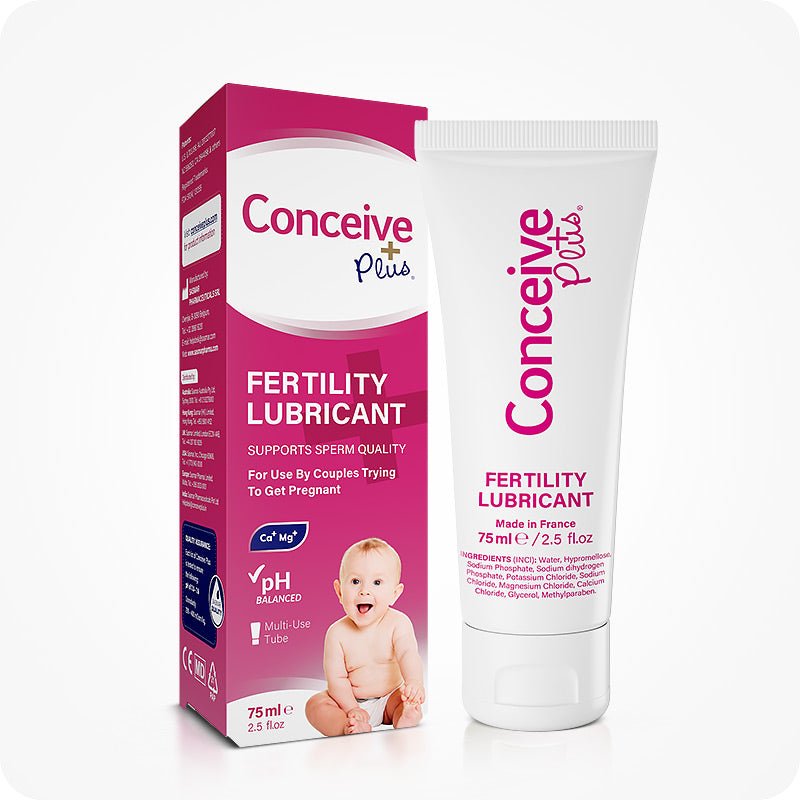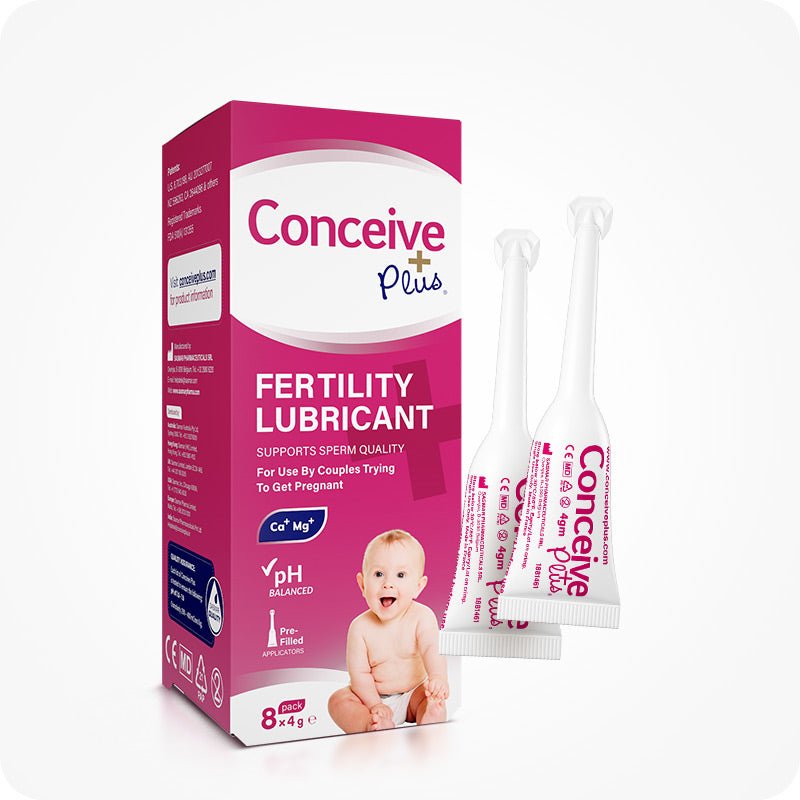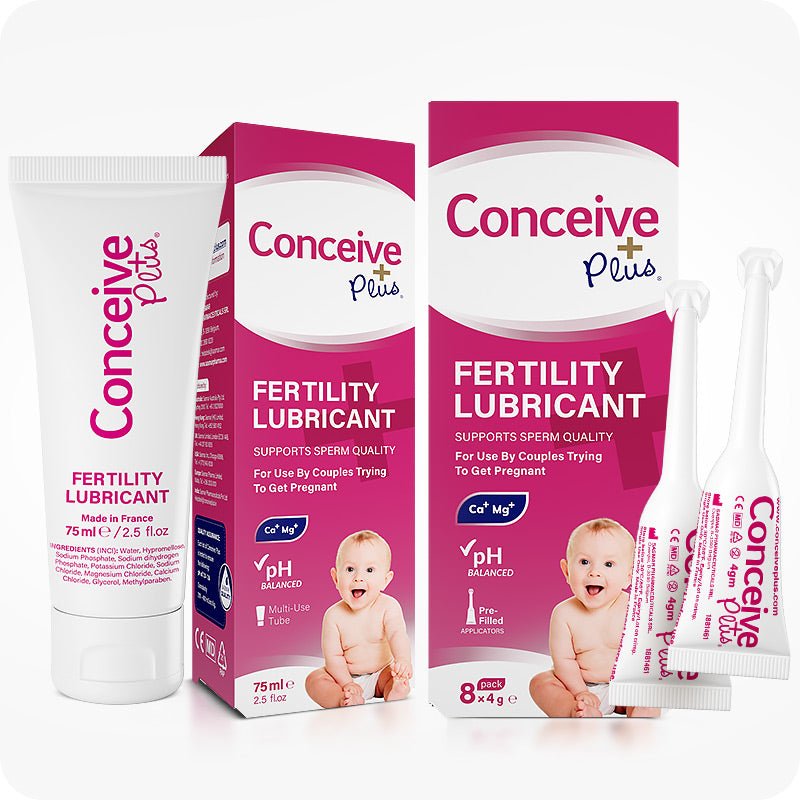What Are the Key Factors That Influence Fertility Rate in Men

The fertility rate in men has become a growing concern today, especially as more men face challenges with sperm health and fertility. Understanding what affects male fertility is crucial, not only for couples trying to conceive but also for those who want to maintain their reproductive health over the long term. In this article, we'll dig into what's behind the decline in male fertility, the role of lifestyle and health, and what practical steps you can take to boost fertility.
Male fertility isn't just about being able to conceive a child. It's about sperm quality, motility (how well sperm can move), and morphology (the size and shape of sperm). Recently, there's been a noticeable male fertility decline, leading many to ask why are sperm counts dropping and what can be done about it. This trend has sparked discussions about a possible male fertility crisis [1].
Factors Contributing to Declining Male Fertility
There are many reasons why male fertility might decline. It's not just one thing, but a mix of factors—like exposure to certain chemicals, lifestyle choices, and various health issues—that can all affect sperm quality and count.
Environmental Influences on Sperm Health
When we consider why is sperm count declining, it's clear that environmental factors play a significant role in this fertility challenge that needs more attention. Things like chemicals, radiation, and even high temperatures can all have negative effects on sperm and are the reason why.
- Chemical Exposure: Many chemicals in our environment, like pesticides, heavy metals, and endocrine disruptors such as phthalates and BPA, have been linked to lower sperm quality. These chemicals can mess with hormones needed for sperm production, contributing to a decline in male fertility [2].
- Radiation: Exposure to radiation from sources like medical X-rays or environmental radiation can damage sperm production in the long term [3].
- Heat Exposure: High temperatures, such as from saunas, hot tubs, or even sitting with a laptop on your lap for too long, can impair sperm production and lead to a drop in sperm count [4].
Top Tip: To keep your sperm healthy, try to avoid excessive heat and stay clear of environments with harmful chemicals.
Lifestyle Choices Affecting Male Fertility
How you live your life can greatly affect your sperm health. Habits like smoking, drinking too much alcohol, using drugs, and eating poorly all contribute to a sperm count decline.
- Smoking and Alcohol: Smoking has been shown to damage sperm DNA, while heavy drinking can lower testosterone levels, both of which contribute to male infertility rates [5].
- Drug Use: Recreational drug use, including marijuana and steroids, can lead to fewer sperm and problems with sperm function.
- Diet and Obesity: Eating a diet high in processed foods and low in essential nutrients can harm sperm. Being overweight is linked to hormone imbalances that also reduce sperm quality and quantity [6].
Top Tip: Simple changes like quitting smoking, cutting down on alcohol, and eating a balanced diet rich in nutrients can significantly improve sperm health.
Medical Conditions Impacting Male Fertility
Several medical conditions can lead to reduced male infertility rates by directly affecting sperm production or altering the hormonal balance needed for sperm development.
- Hormonal Imbalances: Issues with the hypothalamus, pituitary gland, or testicles can disrupt hormone levels, leading to less sperm production. Low testosterone, in particular, is a common factor in male infertility rate problems [7].
- Genetic Disorders: Genetic conditions like Klinefelter syndrome, which involves an extra X chromosome, can impair testicular function and cause sperm count dropping [8].
- Varicocele: This condition, involving swollen veins in the scrotum, raises the temperature around the testicles, affecting sperm quality. It's one of the most common, yet reversible, causes of male infertility [9].
Top Tip: If you suspect you have a hormonal or genetic condition affecting your fertility, seeing a specialist can provide options for testing and treatment.
The Role of Aging in Male Fertility Decline
Age is a factor that can't be ignored when discussing the fertility rate in men. While men don't have a strict fertility cutoff like women, sperm quality does decline with age.
- When Does Sperm Count Decrease? After age 40, sperm quality typically begins to decline. This includes reduced motility and increased DNA fragmentation, which can impact fertility [4].
- Impact of Aging: As men age, testosterone levels usually drop, affecting sperm production. Older sperm may also carry more genetic mutations, leading to fertility problems [10].
Top Tip: If you're planning to start a family later in life, consider options like sperm banking to preserve fertility. Sperm banking is a process where a man's sperm is collected, frozen, and stored for future use. This can be a proactive step for men who are concerned about the potential decline in their fertility as they age.
Understanding the Global Decline in Male Fertility
The global decline in male fertility is a significant concern. Research indicates a steadily decreasing sperm count worldwide, prompting concerns about a looming fertility crisis [1].
Endocrine Disruptors and Environmental Pollutants
Chemicals that interfere with hormones are a significant factor in the male fertility crisis. These disruptors are found in many everyday products, from plastics to cosmetics to pesticides [2].
- BPA and Phthalates: Found in many plastic products, these chemicals can disrupt hormones, reducing sperm production [7].
- Air Pollution: High levels of pollution have also been linked to lower sperm quality, contributing to the decline sperm count [2].
Top Tip: Opt for natural products and BPA-free items to reduce exposure to harmful endocrine disruptors.
Sedentary Lifestyles and Lack of Exercise
Modern lifestyles that involve a lot of sitting and little exercise are also contributing to the decline in male fertility. This is often linked to obesity, which affects hormone levels and sperm quality.
- Impact of a Sedentary Lifestyle: Sitting for long periods, especially in tight clothing, can raise scrotal temperature and reduce blood flow, leading to a male sperm count declining.
- Benefits of Exercise: Regular exercise helps regulate hormone levels, improves blood flow to the reproductive organs, and boosts sperm count and quality.
Top Tip: Aim for regular physical activity each day to help maintain a healthy weight and support reproductive health.
Improving Male Fertility: Practical Steps and Solutions
Boosting male fertility doesn't have to be complicated. It often starts with small changes in daily habits, the right nutrients, and knowing when to consult a doctor. These actions can make a big difference in improving sperm health and overall fertility.
Nutritional Supplements and Fertility Support
Adding nutritional supplements to your routine can be a great way to support sperm health.

- Fertility Supplements: These supplements provide essential nutrients like zinc, folic acid, and antioxidants, all of which are important for healthy sperm.
- Motility Support: These products are designed to help sperm move better, which is crucial for fertilization.
Top Tip: Start taking fertility supplements at least three months before trying to conceive for the best results.
Medical Interventions and Treatments
For those facing more severe fertility issues, medical treatments and interventions might be necessary.
- Hormonal Treatments: Medications can help balance hormones and improve sperm production for those with hormonal issues.
- Surgical Options: Procedures can correct physical problems, like varicoceles, or even retrieve sperm directly from the testes if necessary.
Top Tip: If lifestyle changes aren't enough, consult a fertility specialist to explore more advanced treatment options.
Conclusion: Addressing the Decline in Male Fertility
The fertility rate in men is influenced by many factors, including environmental exposures, lifestyle choices, medical conditions, and age. Although the global decline in male fertility is concerning, there are proactive steps men can take to improve their fertility and reproductive health. Whether it's through lifestyle changes, medical treatments, or using supportive products, men can take control of their fertility journey and increase their chances of conception.
Frequently Asked Questions
1. What is the most common cause of male infertility?
Low sperm count or poor sperm quality, often due to lifestyle factors, medical conditions, or environmental exposures, is the most common cause of male infertility.
2. How can lifestyle changes improve male fertility?
Lifestyle changes such as quitting smoking, reducing alcohol intake, adopting a healthy diet, and exercising regularly can significantly improve sperm quality and enhance fertility.
3. What medical treatments are available for improving male fertility?
Treatments range from hormonal therapy to surgical interventions like varicocele repair. Assisted reproductive technologies, such as IVF, may also be used in severe cases.
4. Is declining male fertility a reversible condition?
In many cases, male fertility issues can be improved with lifestyle changes, medical treatments, and supplements. Early diagnosis and intervention are key to reversing declining fertility.
5. When should a man see a doctor about fertility issues?
Men should consider seeing a doctor if they have been trying to conceive for a year without success or if they experience symptoms such as erectile dysfunction, pain, or swelling in the testicular area.
References
- Levine, H., Jørgensen, N., Martino-Andrade, A., et al. (2017). "Temporal trends in sperm count: a systematic review and meta-regression analysis." Human Reproduction Update. Available at: https://academic.oup.com/humupd/article/23/6/646/4035689
- Swan, S. H., & Colino, S. (2021). "Count Down: How Our Modern World Is Threatening Sperm Counts, Altering Male and Female Reproductive Development, and Imperiling the Future of the Human Race." Scribner. Available at: https://www.simonandschuster.com/books/Count-Down/Shanna-H-Swan/9781982113674
- Carlsen, E., Giwercman, A., Keiding, N., & Skakkebaek, N. E. (1992). "Evidence for decreasing quality of semen during past 50 years." BMJ. Available at: https://www.bmj.com/content/305/6854/609
- Jung, A., & Schuppe, H. C. (2007). "Influence of genital heat stress on semen quality in humans." Andrology. Available at: https://pubmed.ncbi.nlm.nih.gov/18076419/#:~:text=Contraception%20via%20genital%20heat%20stress,able%20to%20improve%20semen%20quality.
- Sharma, R., Harlev, A., Agarwal, A., & Esteves, S. C. (2016). "Cigarette Smoking and Semen Quality: A New Meta-Analysis Examining the Effect of Only Cigarette Smoking by Excluding Confounding Factors." Journal of Men's Health. Available at: https://pubmed.ncbi.nlm.nih.gov/27113031/
- Sharma, R., Biedenharn, K. R., Fedor, J. M., & Agarwal, A. (2013). "Lifestyle factors and reproductive health: taking control of your fertility." Reproductive Biology and Endocrinology. Available at: https://rbej.biomedcentral.com/articles/10.1186/1477-7827-11-66
- Sengupta, P., Dutta, S., Karkada, I. R., & Chinni, S. V. (2021). "Endocrinopathies and Male Infertility." Life, 12(1), 10. Available at: https://www.mdpi.com/2075-1729/12/1/10
- Tüttelmann, F., & Gromoll, J. (2010). "Novel genetic aspects of Klinefelter’s syndrome." Molecular Human Reproduction, 16(6), 386-395. Available at: https://pubmed.ncbi.nlm.nih.gov/20228051/
- Naughton, C. K., Nangia, A. K., & Agarwal, A. (2001). "Varicocele and Male Infertility: Part II - Pathophysiology of Varicocele in Male Infertility." Human Reproduction Update, 7(5), 473-481. Available at: https://www.researchgate.net/publication/11790385_Varicocele_and_male_infertility_Part_II_Pathophysiology_of_varicoceles_in_male_infertility
- Johnson, S. L., Dunleavy, J., Gemmell, N. J., & Nakagawa, S. (2015). "Consistent Age-Dependent Declines in Human Semen Quality: A Systematic Review and Meta-Analysis." Ageing Research Reviews, 19, 22-33. Available at: https://pubmed.ncbi.nlm.nih.gov/25462195/













